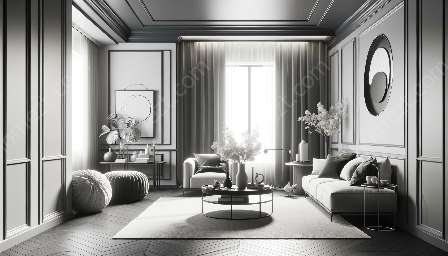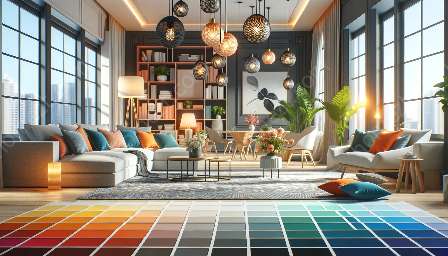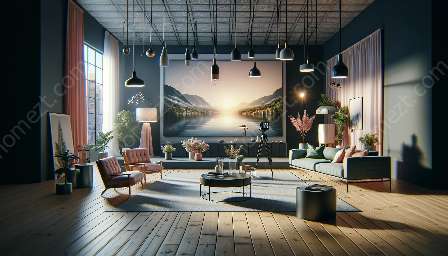Color psychology plays a crucial role in the realm of advertising. Marketers and advertisers understand that colors have the power to evoke emotions, convey messages, and influence consumer behavior. It is an integral aspect of marketing strategy, and understanding the psychology of colors can significantly impact the success of advertising campaigns.
Color Theory and Its Relevance in Advertising
Before delving into the realm of color psychology in advertising, it is essential to grasp the fundamentals of color theory. Color theory is the art and science of utilizing colors to create a harmonious and aesthetically pleasing visual experience. It revolves around the principles of color mixing, color harmony, and the psychological effects of colors on individuals. Understanding color theory provides a strong foundation for comprehending the strategic use of colors in advertising. By applying color theory principles, advertisers can create visually appealing and impactful advertisements that resonate with their target audience.
The Influence of Colors on Consumer Behavior
Colors have the potential to elicit powerful emotional responses and influence consumer perceptions and decisions. Different colors are associated with specific emotions and can convey distinct messages. For example, red is often linked to passion, excitement, and urgency, while blue signifies trust, serenity, and professionalism. By understanding the emotional and psychological associations of colors, advertisers can strategically leverage this knowledge to shape consumer perceptions and attitudes toward their products or services.
Strategic Use of Colors in Advertising
Advertisers carefully select colors based on their intended messaging and target audience. For instance, food and beverage companies often use red and yellow to stimulate appetite and create a sense of urgency. On the other hand, luxury brands frequently utilize black, gold, and silver to convey sophistication and exclusivity. Additionally, the use of color contrasts and combinations can draw attention and create visual impact in advertisements.
Color Psychology and Home Furnishings
Color psychology extends beyond advertising and is also relevant in the context of home furnishings. Home decor and interior design heavily rely on the psychological effects of colors to create specific atmospheres and evoke desired moods within living spaces. Understanding color psychology can aid individuals in selecting the right color schemes for their home furnishings, contributing to a harmonious and inviting environment.
Incorporating Color Psychology into Advertising Campaigns
When designing advertising campaigns, marketers meticulously analyze the target audience, brand identity, and desired messaging to strategically integrate colors that align with their objectives. By effectively leveraging color psychology, advertisers can create visually compelling and emotionally resonant campaigns that leave a lasting impact on consumers.
The Evolution of Color Trends in Advertising and Home Furnishings
Color preferences and trends in advertising and home furnishings evolve over time. Advertisers constantly adapt to changing consumer perceptions and cultural shifts to remain relevant and influential. Additionally, home furnishings industry adapts to emerging color trends to maintain appeal and cater to evolving consumer preferences.
Conclusion
Color psychology serves as a powerful tool in advertising, intersecting with color theory and home furnishings. It allows advertisers to evoke emotions, convey messages, and influence consumer behavior through strategic color selection. By understanding the psychological impact of colors, advertisers can create compelling, visually appealing campaigns that resonate with their target audience. The relevance of color psychology extends beyond advertising, influencing the aesthetic and emotional aspects of home furnishings and interior design, making it an indispensable element in the realm of marketing and design.





